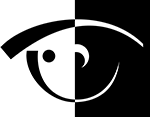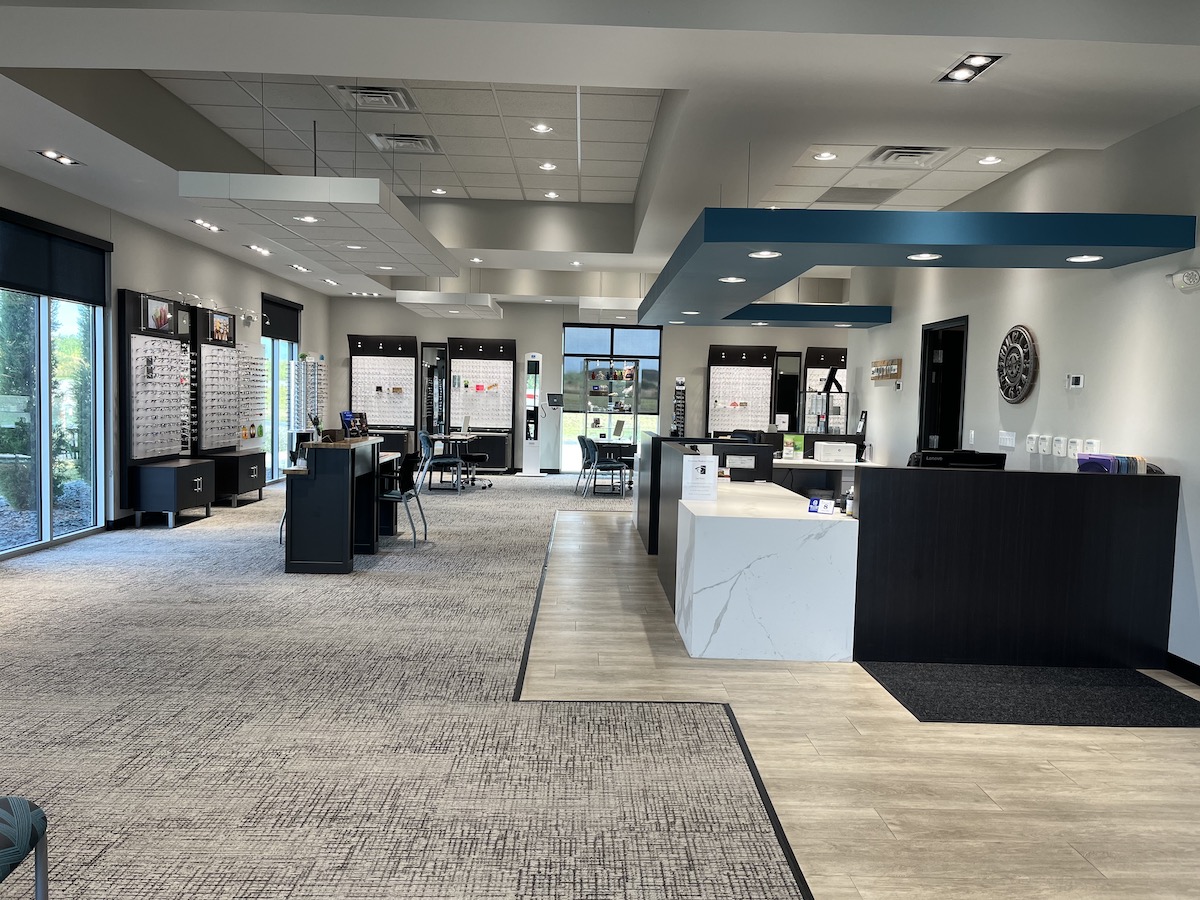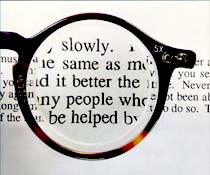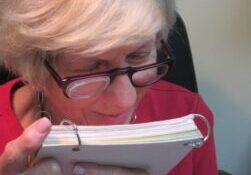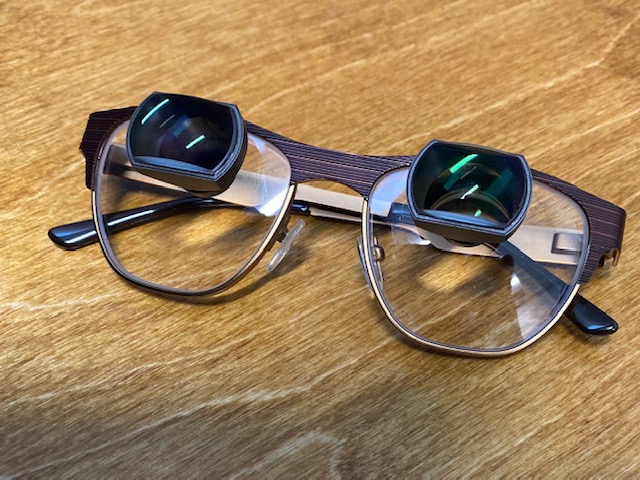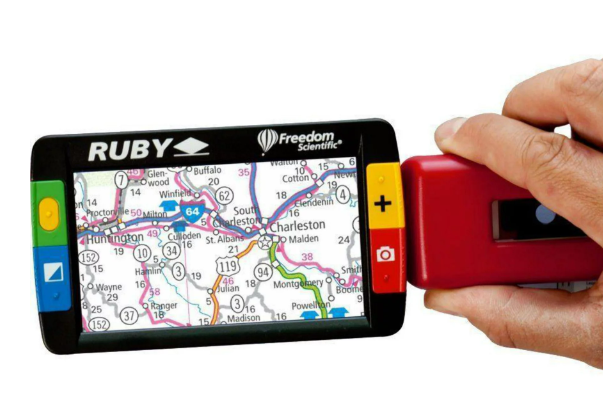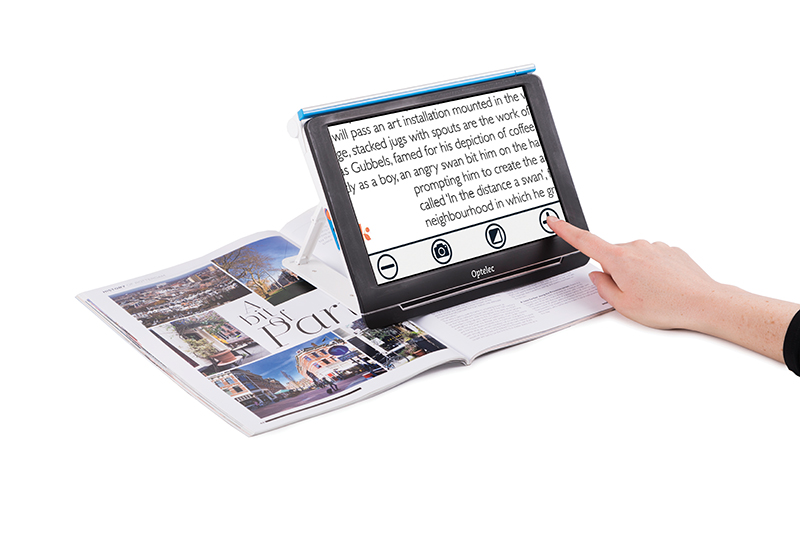Low Vision Devices and Aids
Low-vision devices are designed to improve visual performance in individuals with low vision.
Near Vision Telescopes
Telescopes allow for hands-free magnification at a longer distance. These are the same types of scopes you see surgeons and dentists use. Some common uses for near telescopes are:
- Reading
- Hobbies (building models, crocheting, taxidermy)
- Computer
Near Vision Microscopes
Microscopic lenses allow for reading at close distances. They have the largest possible field of vision and use advanced optics for clear, distortion-free correction. These can be used for:
- Reading the news
- Reading mail
- Seeing faces in family pictures
Full Diameter Telescopes
Wide-angle telescopes are hands-free devices that can be customized for a wide variety of tasks. Different powered caps can be added to focus at any distance for activities including:
- Watching television or playing video games
- Birdwatching
- Watching sports
- Reading
- Playing piano
- Playing cards
Bioptic Telescopes
Bioptic telescopes have a custom telescope (similar to binoculars) above the line of sight. The scopes can be used for spotting, while the rest of the lens (the carrier) is used for general vision when driving/walking/riding. These eyeglasses are used to:
- Drive (can be used to pass Nebraska DMV requirements and are very helpful for reading street signs and spotting hazards ahead)
- Watching sports or performances
- Reading subtitles
Electronic Devices
A number of electronic devices can be used both as handheld magnifiers, full-page CCTV’s, and even automated text-to-speech devices. These are very helpful when large amounts of magnification are needed and are most often used for:
- Reading the news
- Reading mail
- Seeing faces in family pictures
E-Scoop Lenses

E-Scoop eyeglasses use special lenses that increase size and contrast. Theses glasses can be worn all day for any task. These are especially useful for patients struggling with vision quality but who can still see well enough to read and drive without extra magnification.
Learn more and Schedule an appointment at Magnuson Hopkins EyeCare today.
